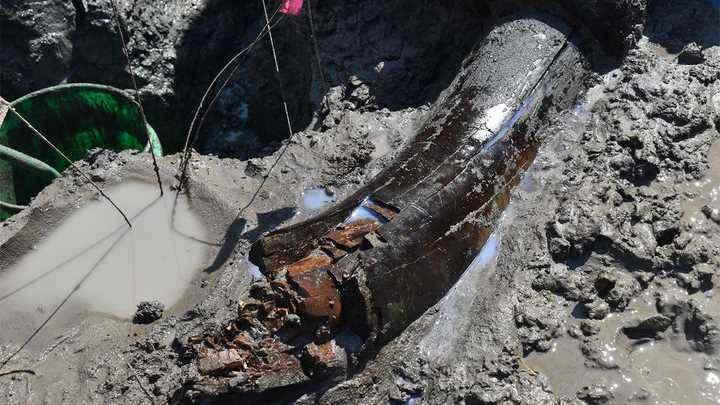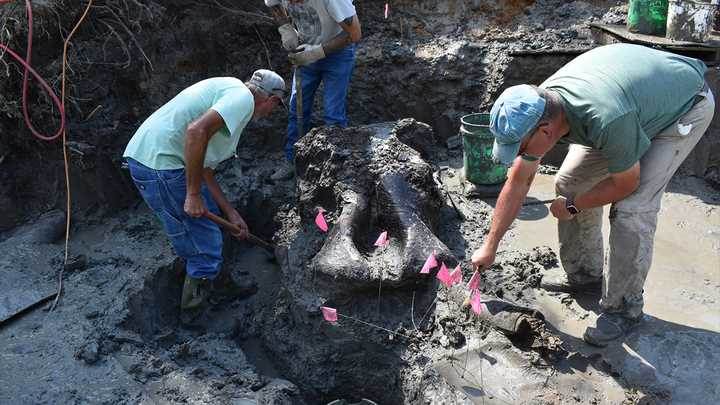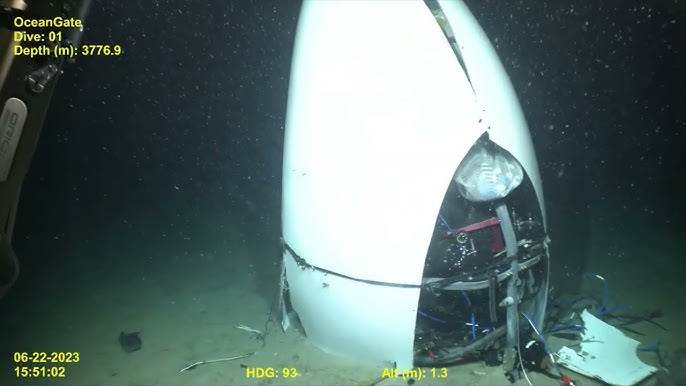
Recent efforts by a team of skilled archaeologists have led to the unearthing of an extraordinary find: a pristine mastodon skull estimated to be around 13,600 years old. This monumental discovery occurred at an eroding creek bank in Wayne County, Iowa, and took nearly two weeks to complete. The remarkable state of preservation of the skull is giving scientists hope that it could offer new insights into ancient human interaction with these magnificent creatures.

The journey to unearth the mastodon skull began early this month, when the site was excavated meticulously by archaeologists. This eroded creek bank had initially piqued the interest of the Iowa State Archaeologist's Office (OSA) back in 2022. Erosion and climate factors had exposed parts of the site, making it an enticing location for researchers seeking to uncover historical treasures.
OSA will closely examine the bones to determine if there is any evidence of human activity, like cut marks.

"We’re really hoping to find evidence of human interaction with this creature – perhaps the projectile points and knives that were used to kill the animal and do initial butchering," said John Doershuk, director and state archaeologist at OSA.
"There’s also potential evidence on the bones themselves – there could be identifiable cut marks."Mastodons were large mammals similar to elephants that roamed North America from around 3.5 million years ago to around 10,500 years ago.

Iowa Archeology said the mastodon skull was the "first-ever well-preserved mastodon (primarily the skull) that has been excavated in Iowa."The mastodon bones will become part of a new exhibit at the Prairie Trails Museum once conservation and analysis is complete at the University of Iowa.
The article is not finished. Click on the next page to continue.
Next page


















